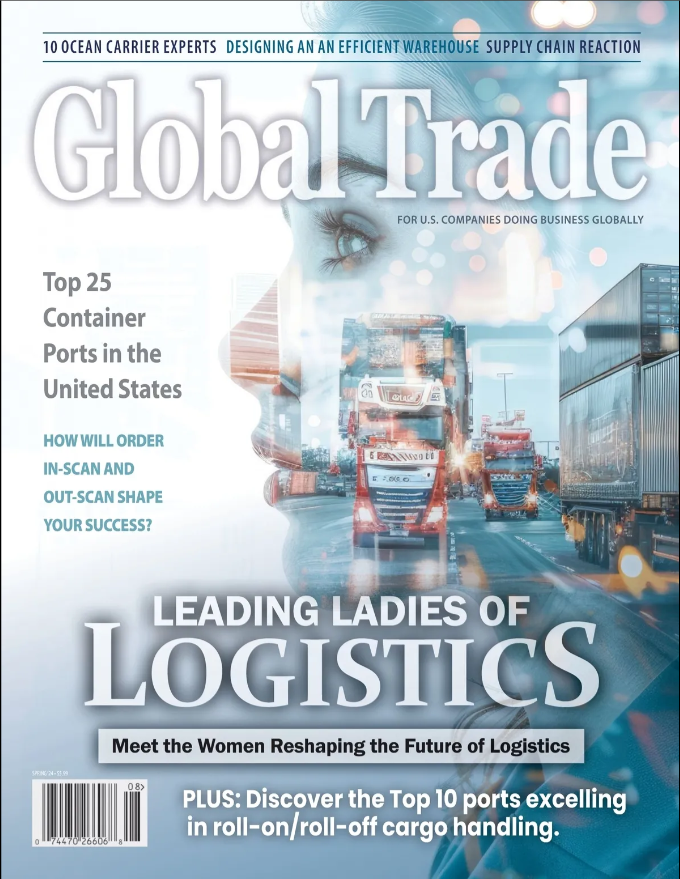How’s the Health of the Healthcare Supply Chain?
In a 2012 survey of more than 1,300 supply chain executives across multiple industries, 93 percent said that a high-performing supply chain can accelerate new product introductions and 89 percent cited an effective supply chain as an enabler of expansion to new market segments or geographic regions.
“Healthcare product companies have historically focused on developing new products…and creating demand for them in the marketplace, not micromanaging supply chain costs,” noted a recent white paper from UPS. “When new products make it through the cost and complexity of development and regulatory approval, the number one rule has been to get them into the hands of practitioners and patients—and never run out.”
But the costs involved in healthcare supply chains are becoming increasingly important. In the past, the companies’ ability to set pricing meant that they could enjoy healthy profit margins. Supply-chain excellence was not their priority, but those conditions are changing.
“With a goal of improving and extending lives for seven-billion people,” the paper noted, “limiting healthcare’s cost to society has become a critical priority.” The UPS white paper, part of the company’s Pain in the Chain series, was authored by Shoshanah Cohen, a lecturer at the Stanford School of Engineering.
Participants in UPS’s most recent Pain in the Chain survey say that their companies are underperforming in this regard. Over the past five years, over half of respondents have indicated “concern or lack of success with managing supply chain costs.” Another study stated that the pharmaceutical industry knows little of supply-chain management.
The white paper discussed several ways high-performing companies drive efficiency.
“They view the supply chain as a strategic asset to their company and align it with the overall business strategy.”
High-performing companies are constantly identifying gaps and making adjustments to their supply-chain infrastructures.
They make “performance of critical supply chain processes highly visible and actionable.”
They emphasize collaboration with partners to derive the maximum strategic and financial benefit. Their process architecture creates “processes that are integrated across the entire supply chain.”
They elevate supply-chain executives to the C-suite.
“Effective executive teams have a laser focus on the overall health of their supply chain,” the paper concluded, “constantly evaluating performance and adjusting the physical footprint and processes to accommodate market demands efficiently.”





Leave a Reply